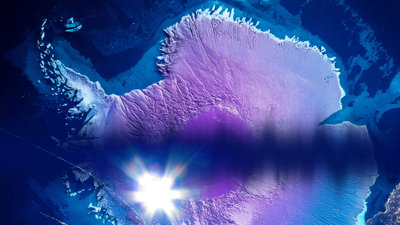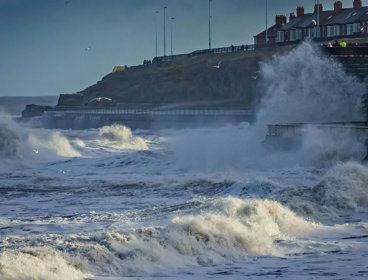Join us to mark the 40th anniversary of one of the most significant environmental discoveries of our time, the ozone hole.
On 16 May 1985, British Antarctic Survey scientists Jon Shanklin, Brian Gardiner and Joe Farman published groundbreaking research that revealed the ozone hole above Antarctica, sparking global action and leading to the historic Montreal Protocol.
At a time when international consensus on climate science is under some stress, this is a moment to reflect on a science success story, one that changed the world for the better. Featuring three expert talks, this event will revisit the British Antarctic Survey’s pivotal role in the discovery, explore how it shaped international environmental policy, and celebrate the power of science and geography as a force for good.
Meet the speakers
Jonathan Shanklin
One of the original co-authors of the 1985 Nature paper that revealed the ozone hole, Jonathan Shanklin is a former British Antarctic Survey meteorologist whose meticulous analysis of long-term data played a crucial role in the discovery. He is a passionate science communicator and continues to engage the public on the importance of atmospheric research.
Professor John Pyle
A leading atmospheric chemist, Professor John Pyle played a key role in modelling the chemical processes responsible for ozone depletion. He is the former Co-Chair of the Scientific Assessment Panel for the Montreal Protocol and was formerly Head of the Department of Chemistry at the University of Cambridge.
Professor Lucy Carpenter
An expert in atmospheric chemistry, Professor Lucy Carpenter’s research focuses on the composition of the atmosphere and its interactions with oceans and polar environments. She is a professor at the University of York and has contributed to multiple international assessments, including those for the United Nations Environment Programme.



